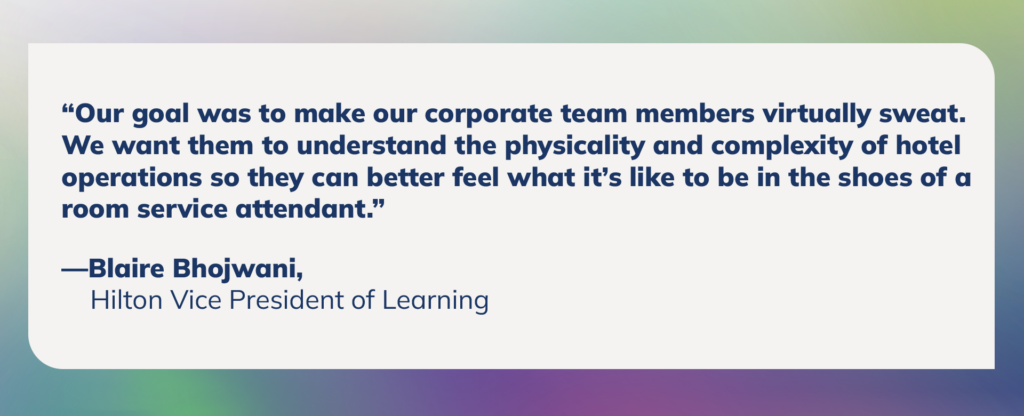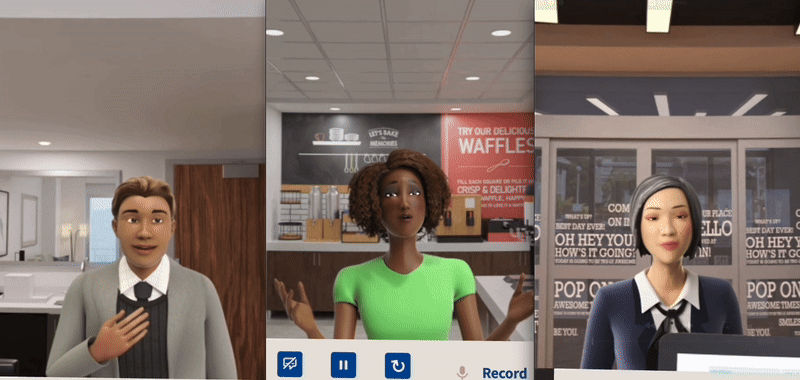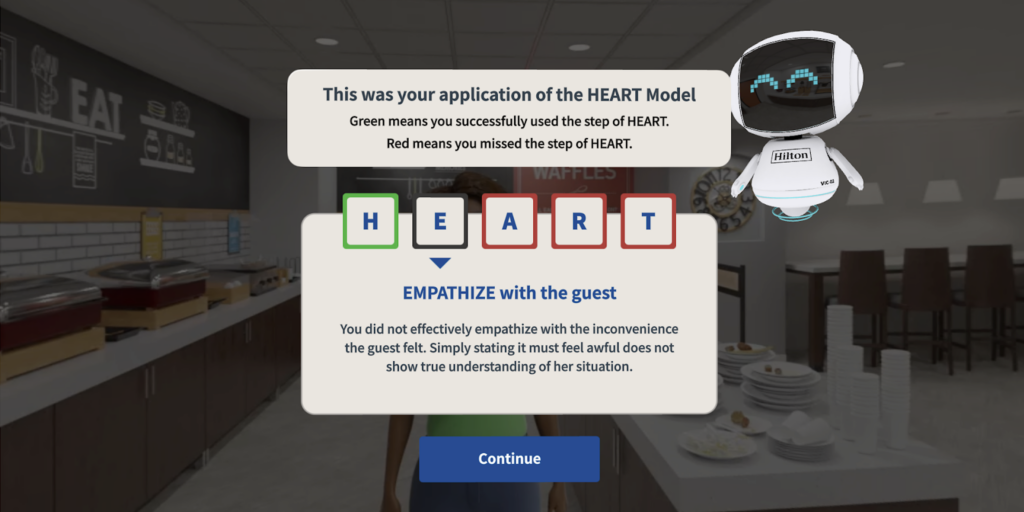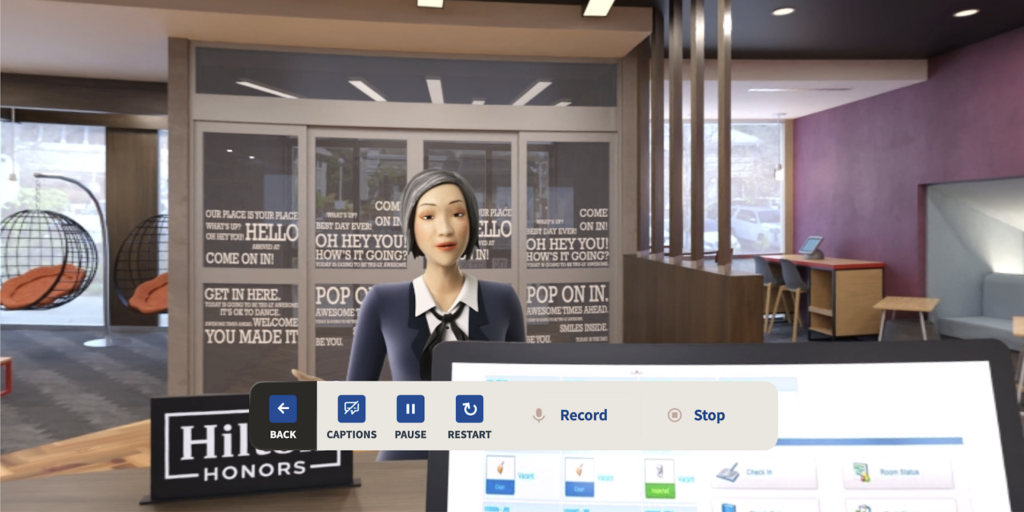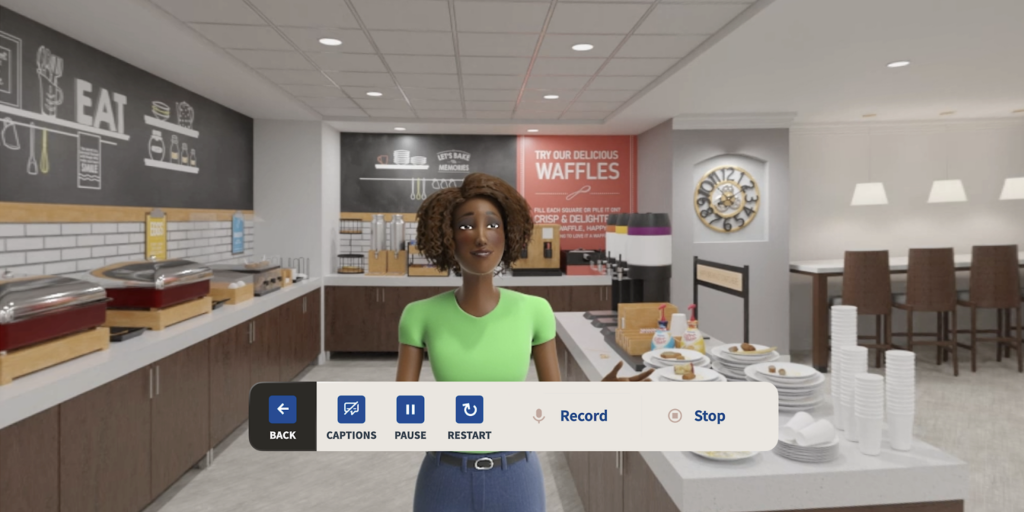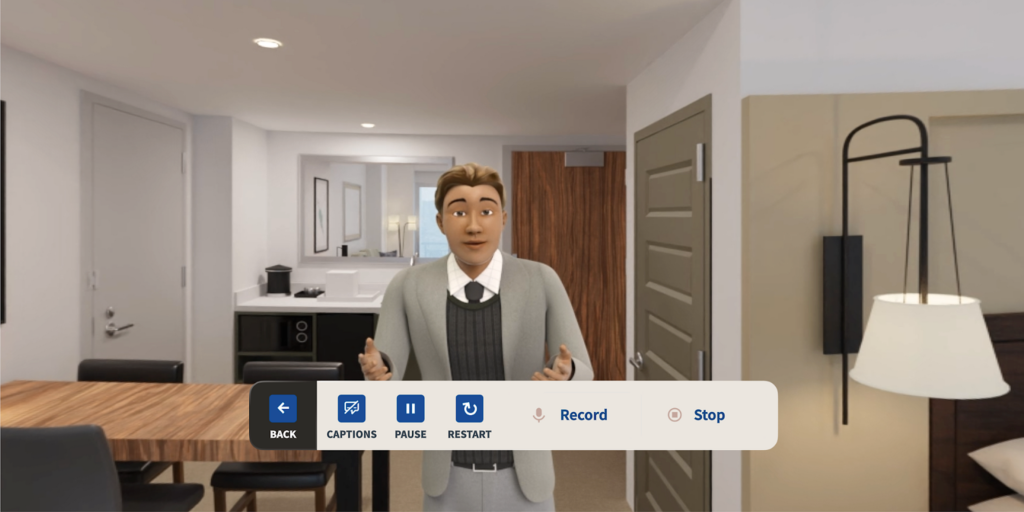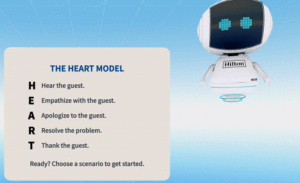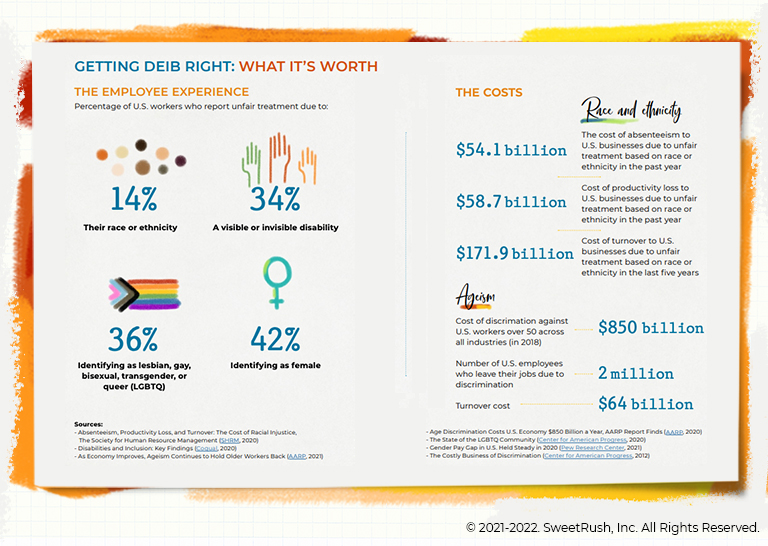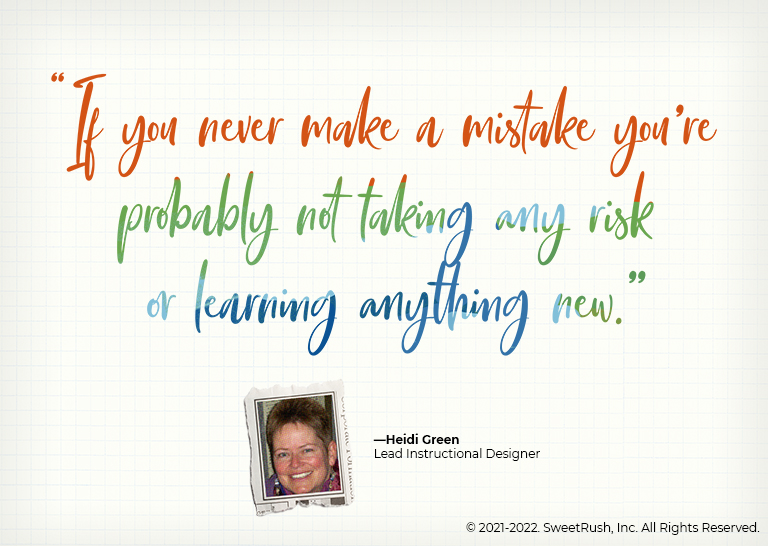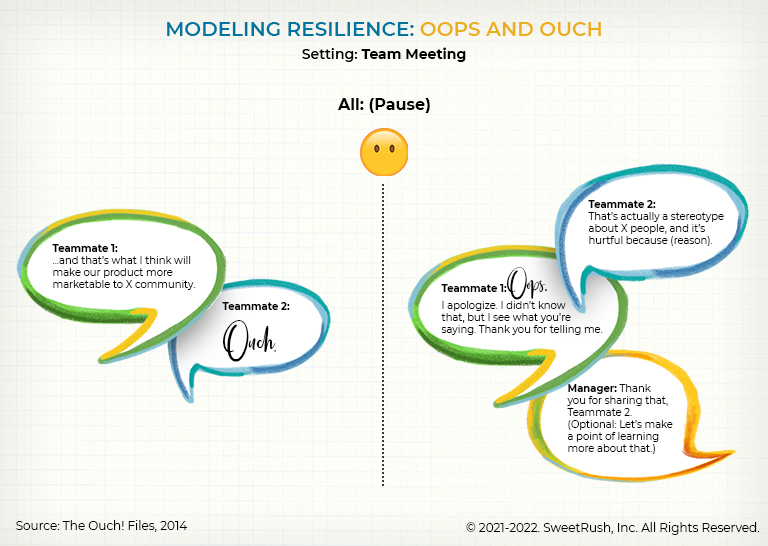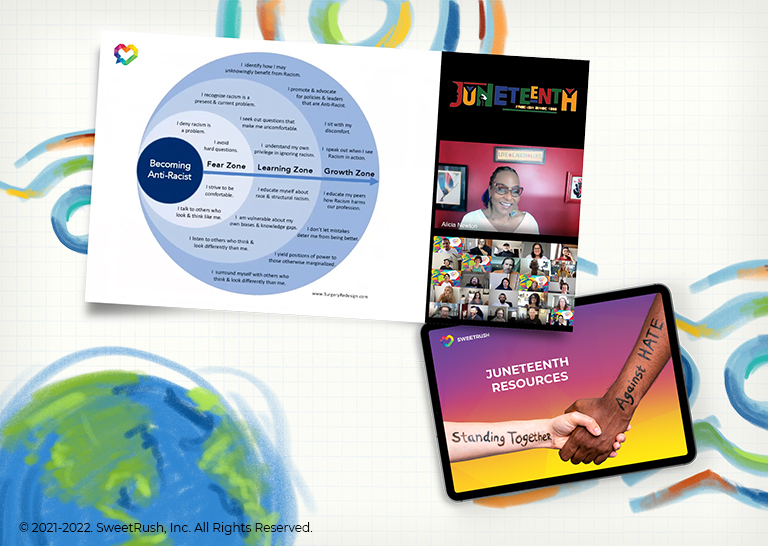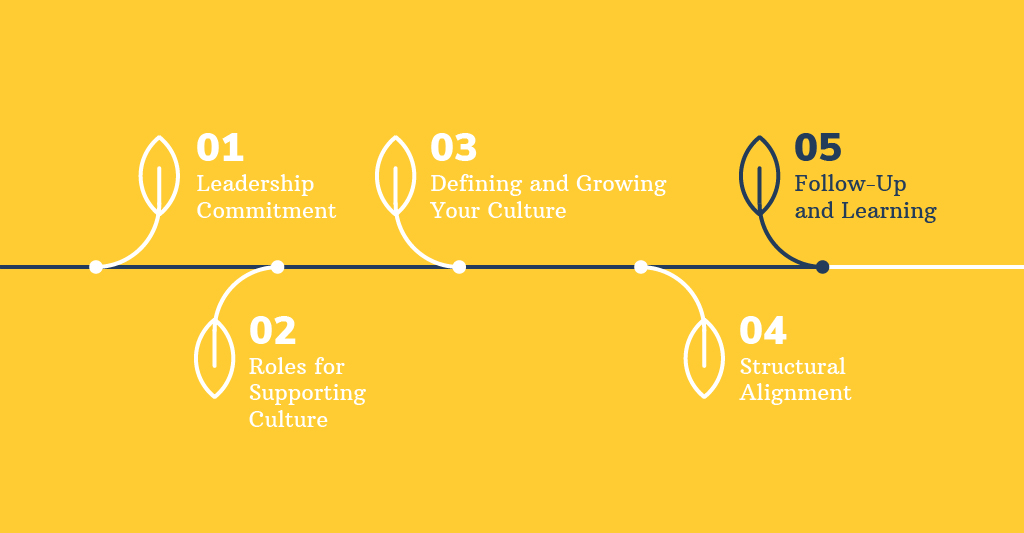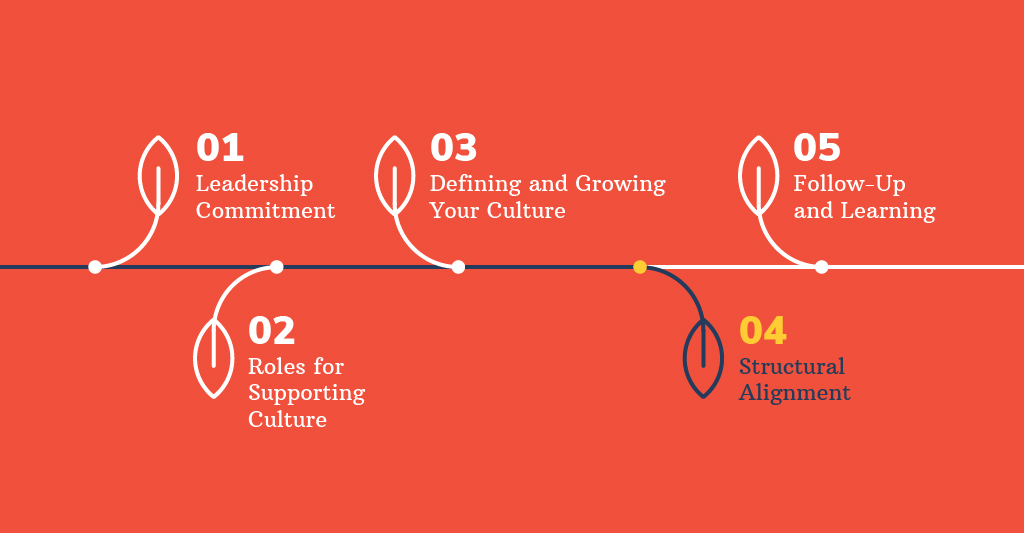Leading Through Organizational Change: A Guide for L&D Professionals—Part 3
In the first two articles of this series, we explored the emotional landscape of organizational change and the pivotal role of tailored training and transparent communication. We’ve established that acknowledging employee emotions and providing the right skills are fundamental to navigating transitions successfully.
Now, in this third and final article of the trilogy, we’ll take a look at the leaders on the front lines: managers. Managers form an essential link between executive strategy and the employees. During times of change, their role magnifies beyond simply managing tasks to calming fears, clarifying confusion, and motivating their team members to move forward.
Equipping managers to lead with empathy and with the practical skills to manage change is vital for successful organizational change. This article provides strategies for L&D professionals to empower managers to rise to the occasion as confident and effective change leaders, ensuring that teams remain engaged, productive, and resilient.
The L&D Opportunity: Supporting Managers as Change Leaders
Once a change is announced, employees naturally look to their immediate managers for guidance and interpretation. A manager’s ability to respond with empathy and clear communication can make all the difference in their reactions to change. Yet the fact that managers are often navigating their own emotional responses to the change can make it difficult for them to provide support and guidance to others (the proverbial oxygen mask).
This reality offers L&D the opportunity to step in and provide the dedicated support and training managers need to translate high-level change initiatives into actionable, everyday realities for their teams. To guide employees through change, managers need a unique skill set, including:
- Empathetic communication: The ability to listen actively and validate employee concerns, even when managers themselves don’t have all the answers
- Conflict resolution: Skillfully navigating disagreements and resistance that may arise within the team
- Coaching through ambiguity: Guiding team members through periods of uncertainty and helping them adapt to new workflows or responsibilities
Without proper training in these areas, even the most effective managers can struggle, leading to inconsistent messaging, decreased team morale, and a stalled change initiative.
Setting Managers Up for Change Success: Two Tales of Change Implementation
Let’s start with a familiar story: A large organization is undergoing a significant digital transformation. Though employees receive excellent technical training for the new systems, leadership soon finds that the change initiative has stalled. Productivity is dipping, and resistance among teams is high.
The problem isn’t the technology; it’s the human element. Mid-level managers, caught between strategic goals and their teams’ anxieties, are struggling. They are unprepared to handle the emotional fallout and don’t have the tools to lead their teams through the uncertainty. This stalling is a common outcome when manager support is treated as an afterthought.
But what if the story began differently?
Imagine a second company, also preparing for a major digital transformation. This organization’s leadership recognizes that managers are the linchpin for a smooth transition. Months before the rollout, key leaders decide to invest in preparing their managers. To ensure they equip their managers with the right skills and tools, the leaders partner with a strategic L&D team.
Together, the leadership and L&D vendor-partner team craft a comprehensive program that includes:
- Practical change management workshops that give managers a framework for leading through uncertainty
- Customized coaching and mentoring programs to build managers’ confidence in handling difficult and emotional conversations
- A broader leadership program focused on empathetic communication and other essential change management skills.
When the transformation is officially launched, the managers at this organization are prepared to guide their teams with confidence, address concerns with skill and empathy, and champion the benefits of the change. The result: a successful, on-time rollout that fosters rapid adoption while maintaining high employee morale.
The differences between these two stories lie in proactive preparation and a deep understanding of how the L&D function can add value. Investing in manager readiness before a change isn’t an “extra”; it’s the foundation of a successful transformation.
Change Management Tools and Resources for Managers
Beyond formal training, L&D can support managers by creating practical, on-demand resources that help them with the daily challenges of leading their teams through change. These tools can be a powerful resource for a manager facing a difficult conversation or trying to make sense of a new process.
Some especially effective tools include:
- Conversation guides: Templates of talking points and key messages can help managers communicate consistently and clearly about the change. These resources might include techniques for announcing a new team structure or explaining the rationale behind a new workflow. (Wondering what a conversation guide might look like? Download our Manager Communication Template.)
- Emotional intelligence checklists: Simple checklists can help managers prepare for one-on-one meetings by reminding them to listen actively, show empathy, and check in on each team member’s emotional well-being.
- Leadership toolkits: A centralized digital hub containing all change-related resources—including FAQs, project timelines, training schedules, and links to support services—ensures managers have quick access to accurate and up-to-date information.
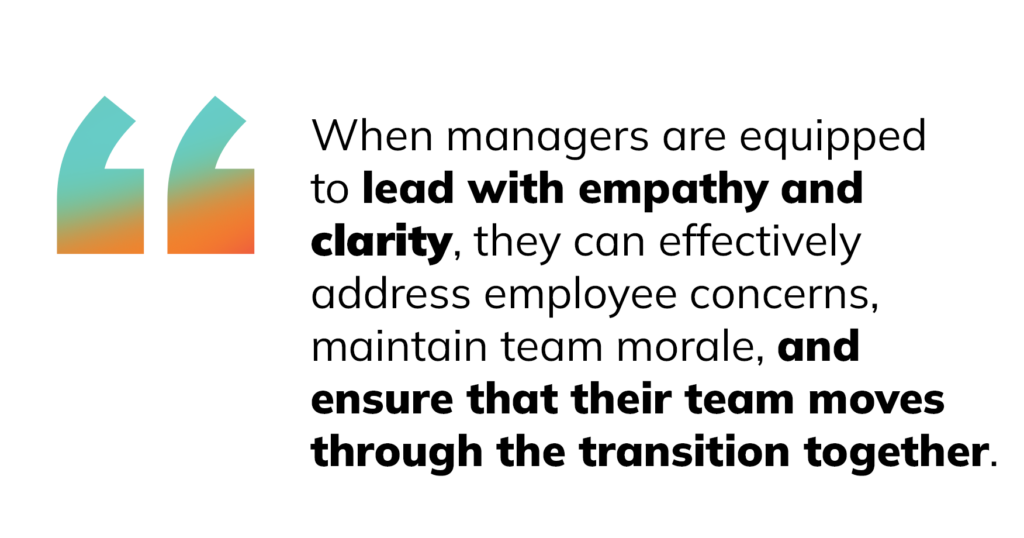
Empowering Managers: SweetRush’s Approach to Change Management Success
As the face and heart of the organization for their teams, managers are key drivers of successful organizational change. By championing managers’ need for targeted support and training, L&D professionals can amplify the positive impact of a change initiative across the entire organization.
When managers are equipped to lead with empathy and clarity, they can effectively address employee concerns, maintain team morale, and ensure that their team moves through the transition together. Multiplied across the organization, these benefits lead to smoother change adoption and a more resilient and trusting culture for the future.
To achieve these outcomes, expertise in creating practical, user-friendly support systems for managers navigating change is vital. Empathy is equally important: This mission-critical learner audience is short on time and needs solutions that are immediately applicable and deeply impactful.
At SweetRush, we bring our empathy and expertise to the table to help our client-partners support their managers with resources ranging from on-demand tools to holistic learning strategies. In addition to standalone interactive, mobile-friendly, moment-of-need resources, we also develop more comprehensive training solutions, including:
- Leadership development programs focused on change management
- Customized coaching and mentoring programs for managers
- Practical, hands-on change management workshops to provide managers with proven tools and techniques to guide and support their teams
A blended approach ensures that managers receive support exactly when and where they need it in a range of modalities, whether it’s a quick resource they access on their smartphone or a deep, skill-building workshop.
Case Study: Empowering Future-Ready Teams
An engaging, scenario-based training experience created by SweetRush helped managers learn to navigate change and coach their teams more effectively.
The challenge:
A leading global technology company needed a comprehensive training initiative to prepare its managers and their teams for an evolving business environment and organizational change.
The solution:
SweetRush and the client-partner crafted a manager-focused program centered on change management that:
- Integrated coaching strategies to drive development and results
- Employed character-based scenarios and simulations for an authentic, engaging learning experience
- Enhanced the program with custom graphics and animations to vividly illustrate concepts
The impact:
The approach demonstrated the power of blending strategic management training with engaging, multimodal learning experiences. The scenarios and simulations brought coaching strategies to life by making abstract concepts, like coaching through change, more tangible and relatable for the managers.
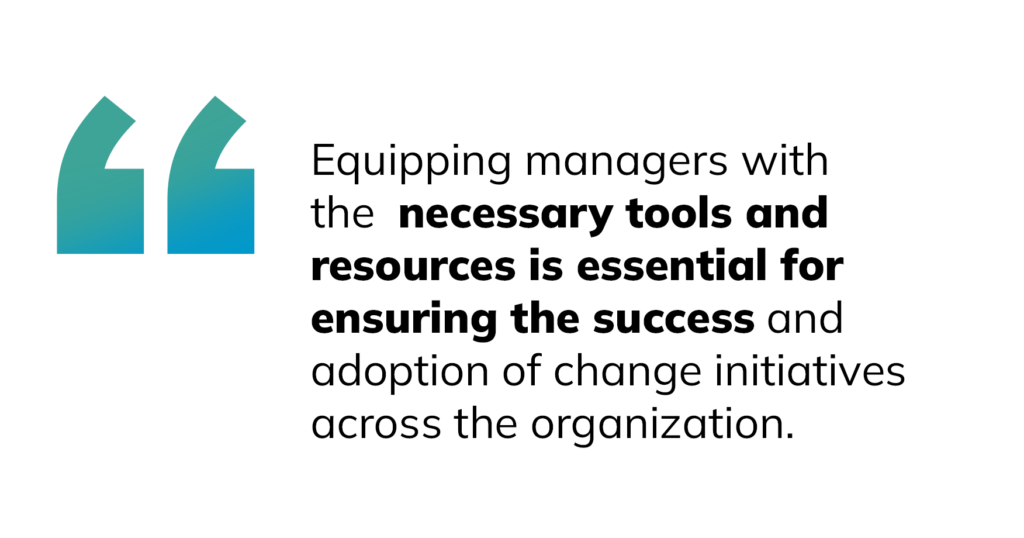
The L&D Opportunity: Empowering Managers as Drivers of Organizational Change
Managers are vital partners in organizational change thanks to their unique role in translating high-level directives into action. Equipping them with the necessary tools and resources is essential for ensuring the success and adoption of change initiatives across the organization. (To explore what a moment-of-need performance support tool might look like, we encourage you to download the Manager Communication Template.)
This business-critical investment in manager support represents one of three key ways L&D teams can proactively support senior leadership and position themselves as indispensable strategic partners in any change journey.
If you’d like to understand more about the emotional landscape of change, revisit the first installment of the Leading Through Organizational Change series, which offers models and practical strategies for L&D to support employees emotionally during change initiatives. In the second installment, we delve into how L&D teams can leverage training and communication to equip employees with the skills and information they need to adapt to—and adopt—organization-wide changes.
Is your organization facing a change management challenge all on its own? Reach out to chat about opportunities to drive business growth and support your leadership, managers, and teams with our proven strategic consulting approach to change management.
Looking for more on how L&D leaders and teams can support leaders, managers, and employees through change initiatives? Check out these related articles in our Leading Through Organizational Change series:

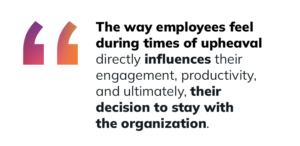
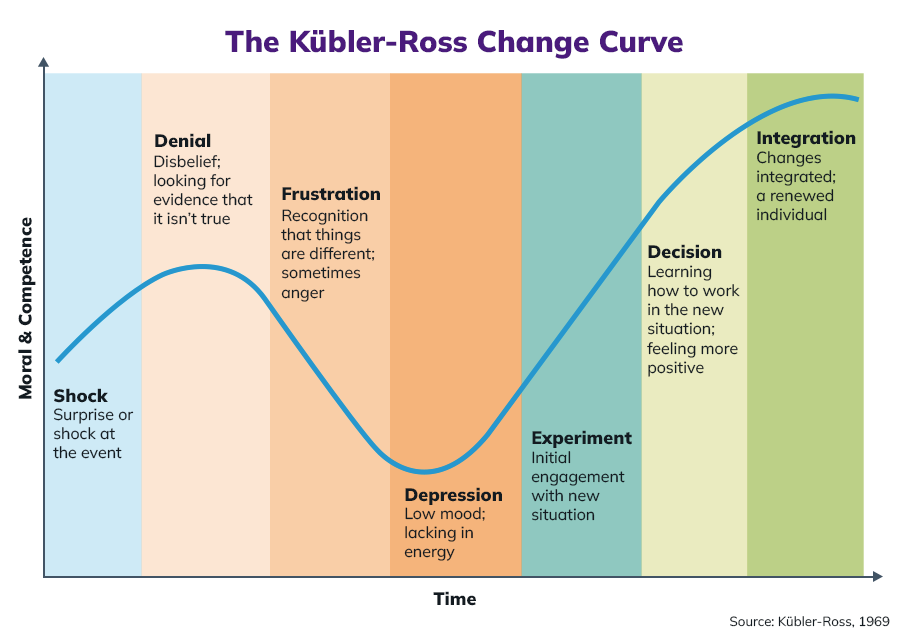
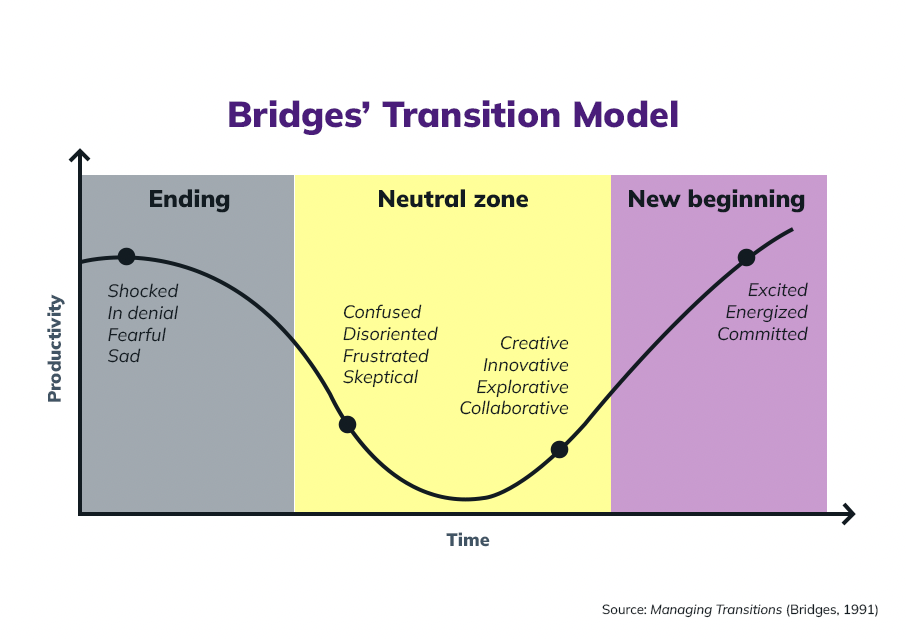
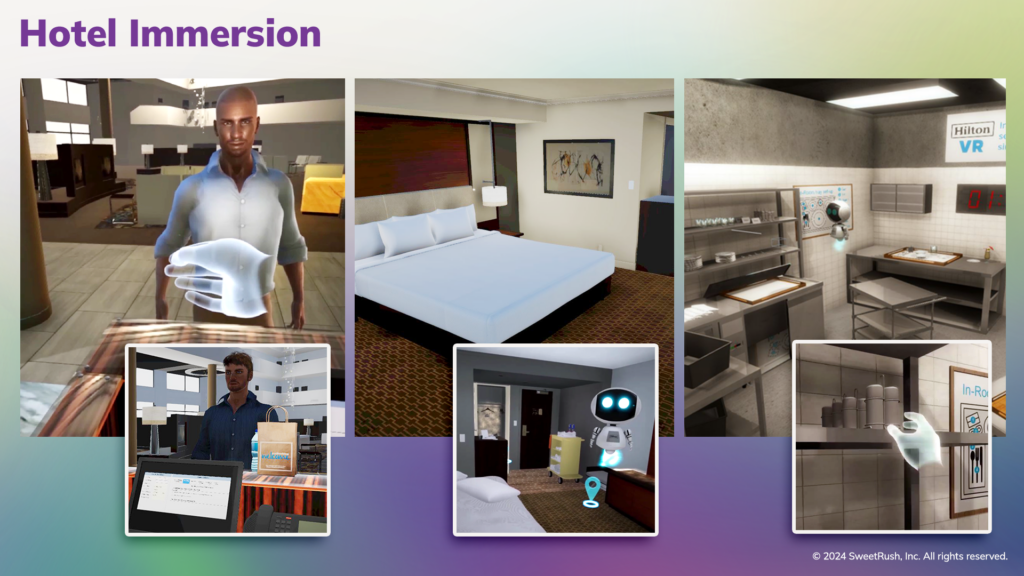 ‘
‘